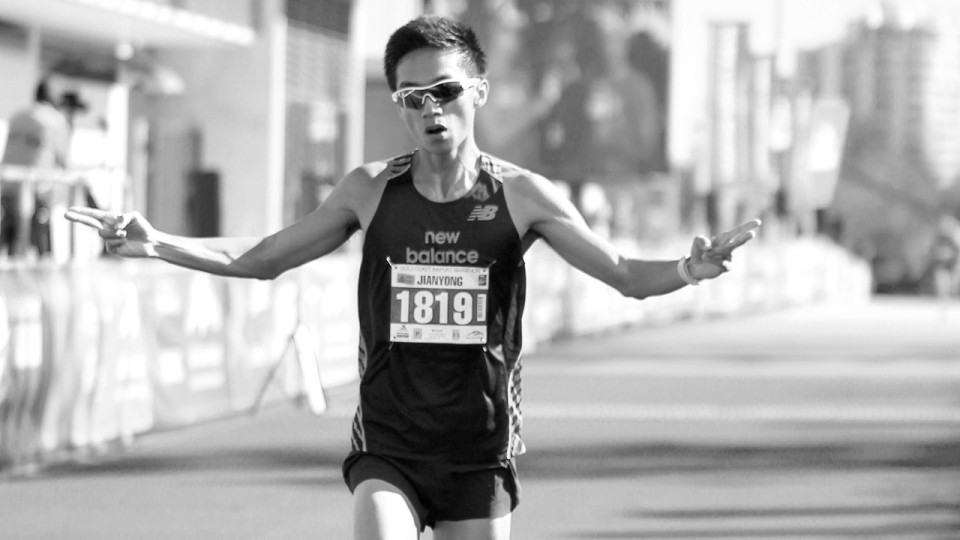24 year old Singaporean athlete Fang Jianyong discovered his athletic streak over 10 years ago when he was selected as a sprinter for an inter-primary school meet.
His passion for running blossomed since then, and today, the Banking and Finance student from the Singapore Institute of Management is now a Singapore national athlete, specialising in the 800m event, holding the national indoor record for that distance.
But this talented runner also consistently makes podium finishes in longer distances too. Most recently, he was the fastest Singaporean to finish in the Gold Coast Airport Marathon, running a blistering 3 minutes 45 seconds pace for 2 hours, 38 minutes and 40 seconds.
We chat with Jianyong and see how he manages to find the balance between short sprints and longer endurance runs.
Q. Can you share with us how you began your running journey?
Fang: I was pretty active as a child. Whether it was soccer and basketball lessons, or catching games during canteen breaks or after school hours, I would be running around nonstop!
I believe those games unknowingly shaped me into a decent runner back in my primary school days. It was during Primary 4 when I won the sprints events during my annual school’s sports day, and was chosen to represent my school in the Inter-Primary Schools Track and Field Meet.
From then on, running became a big part of my life. There are definitely some down times, but to be able to don the national team colours really affirm the decisions and sacrifices I made for running.
That was almost 15 years ago. Hopefully I will still have another 15 competitive years in running!
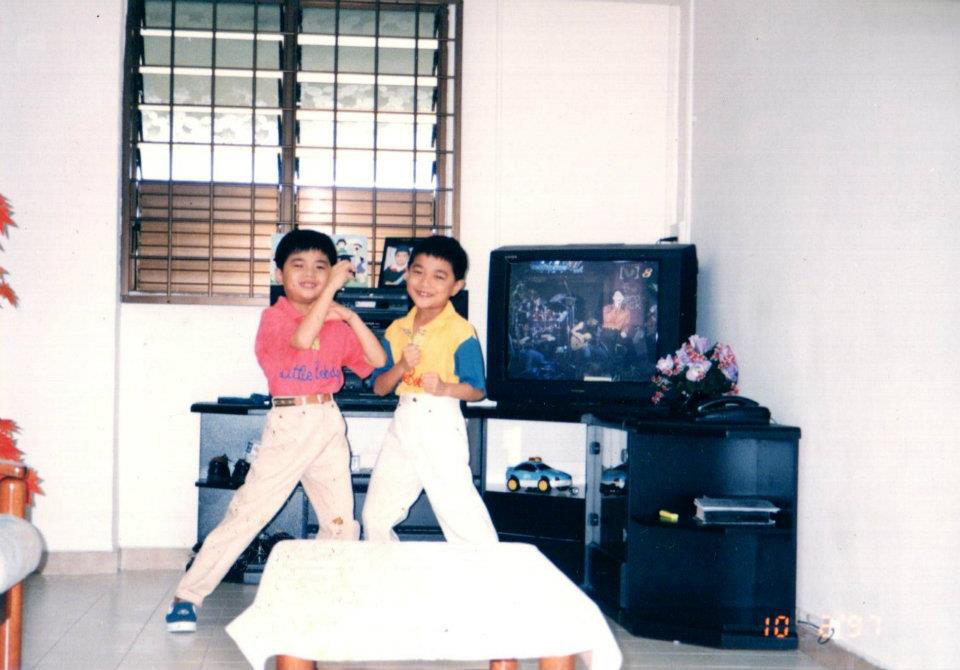
Q. The specialisation of the 800m athlete is unique. It requires both aerobic endurance and explosive kicks to truly excel. By setting the new National Indoor Record for the 800 metres with a time of 1 minute 55 seconds and 63 milliseconds, you are at the very top of your game.
How do you maintain that fine balance between aerobic and anaerobic fitness?
Fang *laughs*: Are you a former track runner? That’s quite a technical question! (Editor’s Note: No, we just really love running!)
Yes, to be able to excel in the 800m event, the runner needs to build a strong aerobic fitness in the base phase, a decent amount of gym/strength work throughout the whole season and a solid block of speed workouts 8-10 weeks before the competition.
To sum it all, 800m training is all about periodisation: doing the right training at the right time.
It is testing, because there is such a wide range of work that needs to be done in order to be a decent sprinter and a good distance runner at the same time.
Furthermore, the 800m is ranked amongst athletes as one of the toughest events to excel in running. But it is the challenge that got me into running in the first place!
Q. Similarly, you’ve found success in the 1,500 metre distance as well, with a personal best of 4 minutes, 12 seconds and 62 milliseconds at the Negeri Sembilan State Championships 2014 in March.
Could you share with us your training plan in the months prior to your 800 metre record and 1,500 metre PB?
Fang: My training timings show that for the 1,500m, I’m capable of doing 4 minutes 5 seconds at least. The Negeri Sembilan race was more of a build-up towards the next one, so no tapering was done before the race.
That particular race was run with fatigued legs and I would say the 4 minutes 12 seconds personal best result isn’t as bad as I thought.
Personally, I train with my distance running group that consists of top national distance runners Mok Ying Ren, Lim Kien Mau, Russell Ericksen and Ivan Low for my aerobic phase.
Chua You Boon was my speed workout buddy before the Asian Indoors Championship where I set the national indoor record for the 800 metres. Training partners really play a great part in achieving race results!
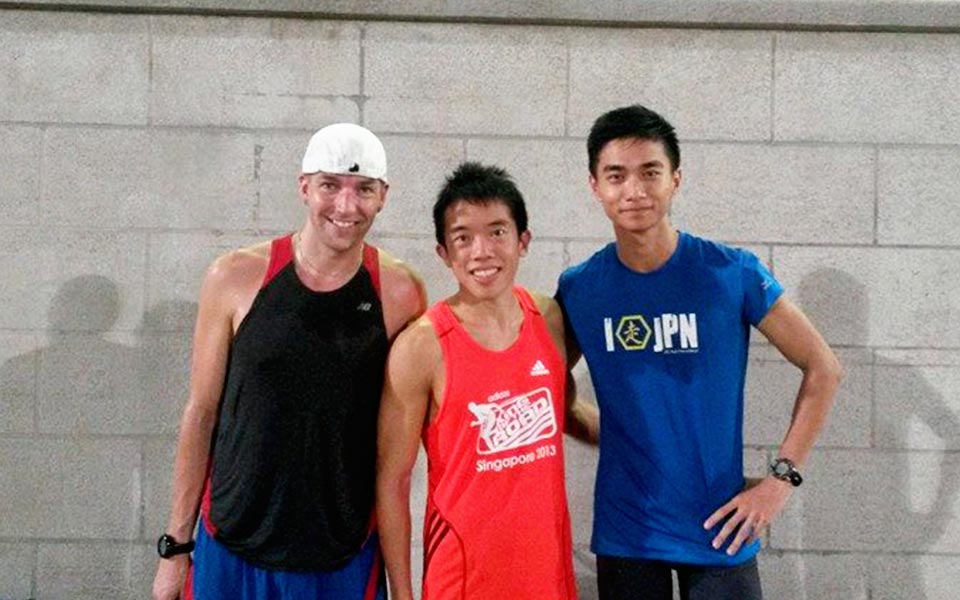
Q. Recently, you were Singapore’s fastest marathon runner for the Gold Coast Airport Marathon (GCAM) 2014, coming in at 2 hours, 38 minutes and 40 seconds. Your average pace was a blistering 3 minutes and 45 seconds per kilometre!
Could you dissect your split times, and share how you approached the race for our readers?
Fang: My initial goal was to hit under 2 hours and 35 minutes, which was approximately a 3:40 per kilometre pace. My workouts had showed that I was capable of sustaining that pace for the marathon distance.
But taking into consideration that I only had three weeks of mileage build-up after my exams ended in the last week of May, and two weeks of tapering before the race, I decided to go for the more conservative plan of 3:45 pace, which will arrive at 2hours 38mins.
My 5km splits were 19:07, 18:55, 18:46, 18:53, 18:42, 18:46, 18:53, 18:28 and last 2.2km in 8:04. That was part of the race plan: starting off at a slower than target pace, so that I can pick up gradually throughout the race.
Personally I always feel motivated to increase the pace gradually and finish strongly towards the end. The problem is that it is difficult to find someone to run with, because most runners like to start fast and hang on to the fast pace, which is more than often tough to sustain. Fortunately I was to meet a race buddy around 10km mark and we took turns to lead whenever we sense that the other was slowing down.
We crossed the half way mark (21.1km) in 1 hour 19 minutes 50 seconds, which was promising. Honestly, at that point of time I wasn’t confident that I was able continue the second half of the race at the same pace, but I was determined to try.
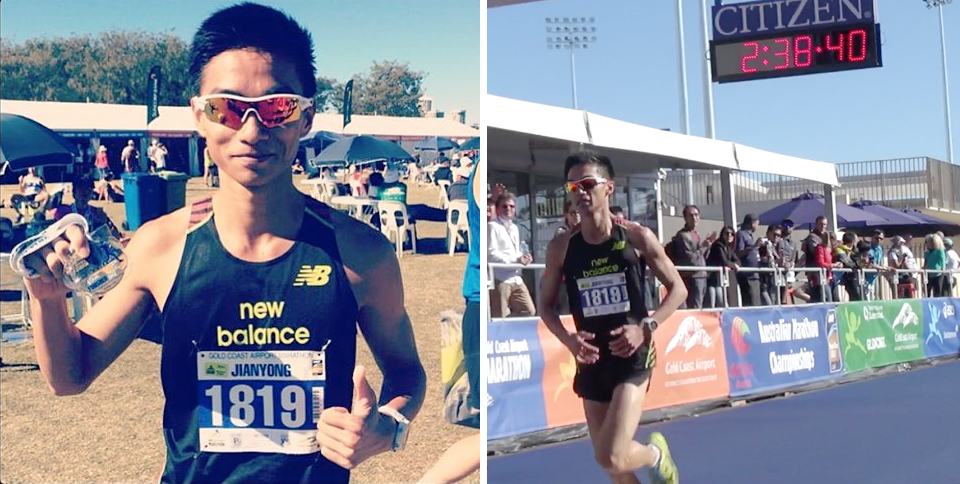
Right after we crossed the half way mark, I initiated a surge to 3:39 pace, hoping to bring the pace down even further. This could serve as a cushion just in case my legs couldn’t hold up for the last few kilometres.
But the course wasn’t as easy as reading it from the race route map! Lots of small humps in the private housing estates and the slanted roads gave us a hard time sticking on to the 3:40 pace. One kilometre even went as slow as 3:50 due to the rolling course.
The last 15km was quite a lonely run, with no runners in sight to chase after and that is also when the fatigue in the legs start to be felt by the brain. Constantly checking my watch wasn’t a good sign, and each kilometre mark seemed much further away. That’s when I decided to switch away from the pacing mode on the watch, and focused on getting the leg turnovers.
The next few kilometres passed quickly, and the next thing I know the last U-turn point (36.5km) was in sight. Still feeling pretty good I decided to pick up the pace, dropping the pace to 3:41 average, and clocking two 3:36 splits along the way.
Around the 41km mark, I start to feel a bit dizzy, probably due my glycogen levels running low. Stories of my friends fainting right before the finishing mark flashed pass my mind!
I decided not to drop the pace any further for the last stretch, but I was still content to finish the race stronger than what I have expected. The second 21.1km was 1 minute faster than the first, a time of 1 hour 18 minutes 47 seconds compared to 1 hour 19 minutes 50 seconds.
Q. What is the next big race that you are taking part in? What running milestones do you have planned for the future?
Fang: I will be gunning for the gold medals (800m and 1,500m) for the ASEAN University Games, which will take place in December.
Ultimately, the next major goal for me would be winning double Gold in the two events for SEA Games 2015 on our home ground.
The 800m National record of 1 minute 49 seconds 90 milliseconds set by S. Surenda in 1983 is also one of my targets. If I can break that mark, then 2016 Olympic Games will be a realistic goal to train towards to.
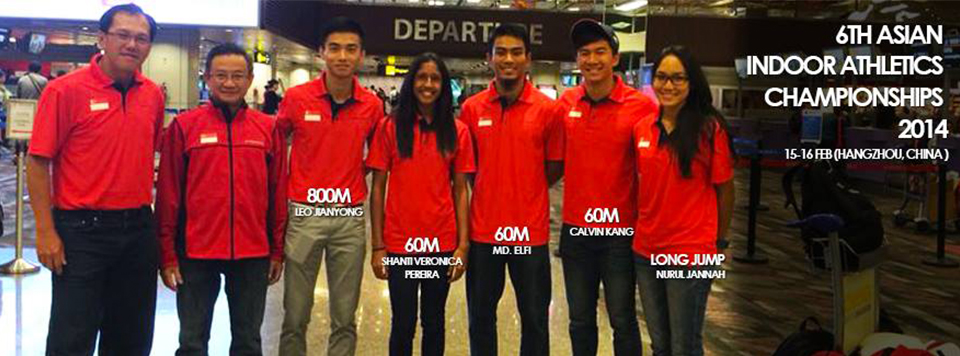
Q. Your upcoming plans for the 800m and 1,500m events are very exciting! Any plans to represent Singapore in the half or full marathon distances? Why or why not?
Fang: For now, I will focus on the middle distance events, and hopefully clinch the double gold in the 800m and 1,500m at the 2015 SEA Games on our home soil.
The 2 hours 38 minute marathon performance after 5 weeks of mileage training gave me a good indication of how much more I can achieve if I had a more solid build up.
I would definitely like to go under the 2 hours 30 minutes marathon mark one day. Probably I will set my sights on that after I have reached the goal of breaking the national 800m record!
Q. With your commitment to the 800 and 1,500 metre distances, how do you approach training for the longer distances such as the marathon?
Fang: Marathon training is similar to middle distance training’s aerobic base building phase. For the next few months, I will reduce my mileage gradually and get tune in for the speed workouts in preparation of the track races.
Q. Will you be running any longer races (5km, 10km, half or full marathon) this year? (If you are, share what are the notable races you’ll run.)
Fang: I will be doing the SAFRA Army Half Marathon. It will be one week after the Singapore Open Track and Field Meet, which I will be running the 800m event.
Not having a high expectation of my half marathon timing, but the main goal is to help my army division (9 Division) to retain our 21km Team title!
Q. You are currently studying Banking and Finance at the Singapore Institute of Management. What are your plans after graduation?
Fang: At the moment I’m undergoing the Banking and Finance degree course with University of London at the Singapore Institute of Management, and also taking the Chartered Financial Analyst (CFA) Exam in December.
I’m aspiring to be an investment banker, because its philosophy is pretty similar to the one of a runner: you get what you put into it!
Ultimately I would love to merge my profession with my passion, and find a profession that meets the background of both finance and sports.
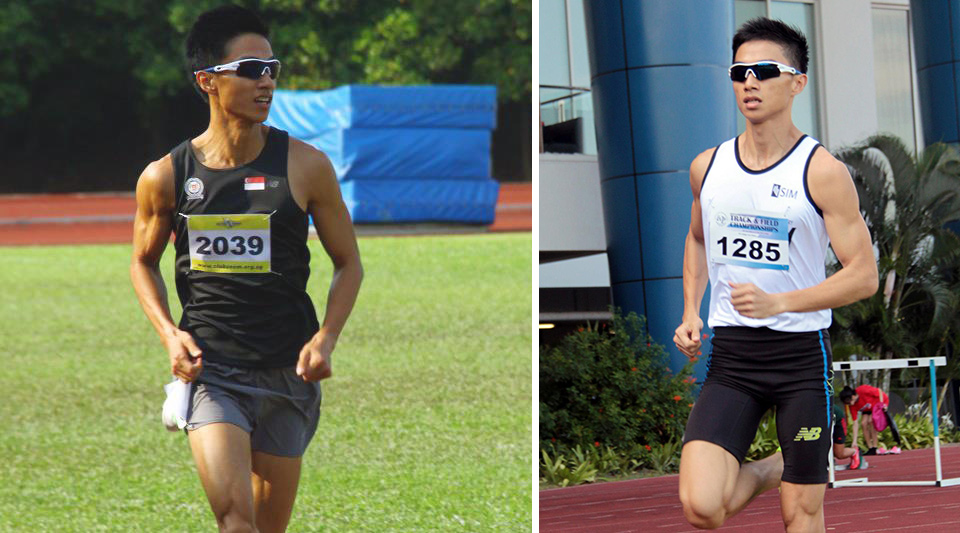
Q. You have attended your fair share of track and field as well as the big marathon events. Are there any memorable incidents that happened that you’d like to share with us?
Fang: That would probably be the 2012 Sundown Marathon. I was still in the Army then, so my training was not consistent. But I had high hopes of running a sub 3 hour marathon, as I had done a few solid long runs up till 35km before the race.
I remember I was still on pace of hitting the target until it started raining heavily at the 30km mark, and we merged with the half marathoners. At about 34km, I made a snap decision of jumping over the barriers to run on the other side because I could hardly run pass through the crowd.
It was that sudden movement that caused my calf muscle to cramp up and I was probably lying there for a good 2 to 3 minutes (thinking that my race was over) before a stranger came over to stretch out my calf.
Even though my last stretch of the marathon was painfully slow and resulted in a timing of 3 hours 6 minutes, but I couldn’t have completed the race if not for that kind hearted runner!
Q. Food, running shoes and training equipment: Name one of each that you can’t live without!
Fang: Home cooked carbonara pasta by my mum! For shoes, it would be the New Balance RC1600, because you can do any distance in it! Lastly, racing tights from Compressports.
Q. Finally, would you like share with RunSociety readers your personal philosophy with regards to running?
Make running a way of life. Whether it is for the friends you meet up during running sessions, the adrenaline you get from running fast, running far, or the satisfaction you get from beating your own personal bests, find your own right and joy in running!
Jianyong is currently the Sports Ambassador for New Balance, 100Plus, Rich Nutrition and Compressports. His next race will be Singapore Open Track and Field Meet, where he will be running the 800m distance. He will also be running the SAFRA Singapore Bay Run & Army Half Marathon the next week. All the best!



